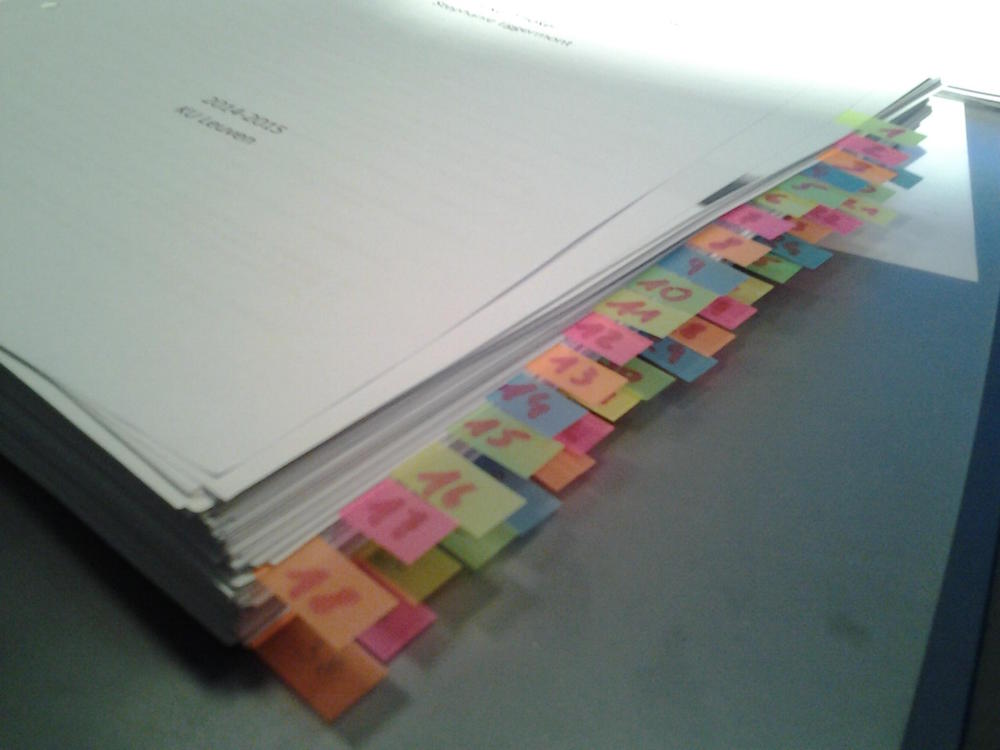Audit Trail Analysis: Clinical Forensic Documentation Analysis
You can find out a lot about a medical case through an audit trail analysis. Medical Record Tampering can be the nail in the defense coffin. In medical negligence and nursing home abuse cases, a high index of suspicion is needed when analyzing any medical record, especially the Electronic Medical Record.
The medical record must provide a complete accounting of care and treatment provided to a patient. The medical record provides a road map for patient care decisions. Accurate and timely documentation is a must, as providers rely on the data in the medical record to make life and death treatment decisions. In an ideal world, the Electronic Medical Record provides efficient and safer patient care. The Electronic Medical Record is supposed to decrease documentation time for providers. The Electronic Medical Record is supposed to assist with billing and coding and allow for “Meaningful Use” reports to the government. Unfortunately, the intended uses of the Electronic Medical Record can be derailed by poor, inaccurate, and inappropriate documentation, careless pointing and clicking, overuse of templates, copying and pasting, carrying forward, cloning, and at times alteration of the entries. However, in all fairness, not every medical record has been altered.
Audit Trail Analysis
In the medico-legal world, the medical record is evidence. The medical record must demonstrate what happened to a patient. It must give a clear and accurate accounting of the care and treatment rendered to a patient. However, when an electronic medical record is produced, it can be voluminous, confusing and repetitive. Depending on how the record was printed, the same information can be presented in different formats. Often, Health Information Management departments lack specific policies on producing a record from the electronic version. This also makes it difficult to identify missing records. The copy and paste function can place the authorship of an entry into question. Only an experienced analyst can extract data from the multiple versions and create a comprehensive, understandable picture for the attorney and jury.
The medical record must be authentic. Unfortunately at times, for a variety of reasons such as avoiding litigation and costly malpractice verdicts, entities consciously choose to alter/tamper with the medical record. Entries are either changed, deleted or added in order to give the illusion that the standard of care was followed; or at times that the incident never even happened. Certainly tampering that happened prior to the negligence and contributed to the injuries is the most egregious form of medical record tampering. However, even tampering after the fact raises serious questions about the accuracy, truthfulness, and authenticity of the entire medical record. Intentional, high level, medical record tampering demonstrates a corporate tolerance and condoning of this type of behavior. Not only is this spoliation of evidence, but unethical and perhaps criminal behavior.
The audit trail, which is essentially the fingerprint of each author and access in the medical record, is a vital tool in medical record tampering analysis. It also can authenticate entries and show deleted or amended data. According to HIPAA law, each and every facility using an electronic medical record must maintain an audit trail.
Clinical Forensic Documentation Analysis is a merging of Medical Record Analysis and Audit Trail Analysis. A clinical forensic documentation analyst must first understand the clinical picture. A medical record analysis is the first step in the process. After that, an audit trail and other discovery requests can be formulated with a subsequent review of the audit trail and any other supporting documents. The audit trail is simply another part of the electronic medical record.
What could Clinical Forensic Documentation Analysis (an audit train analysis) potentially show?
- The medical record is authentic and truthful.
- Nurses documented in a form which the hospital has denied having even under subpoena.
- A physician did indeed view an abnormal CT scan after testifying that he never saw the results.
- Nurses documented care provided to a patient almost three hours before the patient arrived on the floor. (This was actually fraudulent.)
- A nursing home patient was given blood pressure medication when she was hypotensive and septic.
- This information was ONLY on the audit trail, as the nursing home failed to produce the Medication Administration Records for this time period.
- Nurse aides on night shift in a nursing home consistently documented all care including every 2 hour turning and repositioning within an hour of the start of their shift.
- A charge nurse in a nursing home documented care for 5 different days on the same day.
- Wound care records were created AFTER a request for records.
- Care was documented but never provided.
- Documentation was done days after a patient had died.
- The physician amended the history and physical after litigation had been filed.
- A break the glass access was done by a pharmacist after a patient death involving a medication.
- The anesthesia record had been changed.
- Medicare/Medicaid fraud, waste, and abuse.
Often, a clinical forensic documentation analysis will prompt an on-site electronic medical record review in order to evaluate the “original” format. This on-site review can reveal information such as hyperlinks, “sticky notes”, and a vision of what the providers saw when they document in the Electronic Medical Record.
Gonsman Group has been the pioneer in Clinical Forensic Documentation Analysis. Michele Gonsman has spoken extensively to attorneys across the nation regarding the Electronic Medical Record and Audit Trail Analysis. She had lectured nurses regarding the standard of care for documentation. Michele Gonsman is an advisory board member of the Health Information Technology program at the South Hills School of Business and Technology where she also teaches students regarding documentation and the Electronic Medical Record.
Gonsman Group also provides the complete range of legal nursing services such as medical record organization and management, chronologies, reviews for merit, and expert witness location, and Audit Trail Analysis.
Please call our offices for a free initial consultation regarding your next case. If you have a medical record, you need Gonsman Group.
This article was written by Michele Gonsman and is the property of Michele Gonsman.







